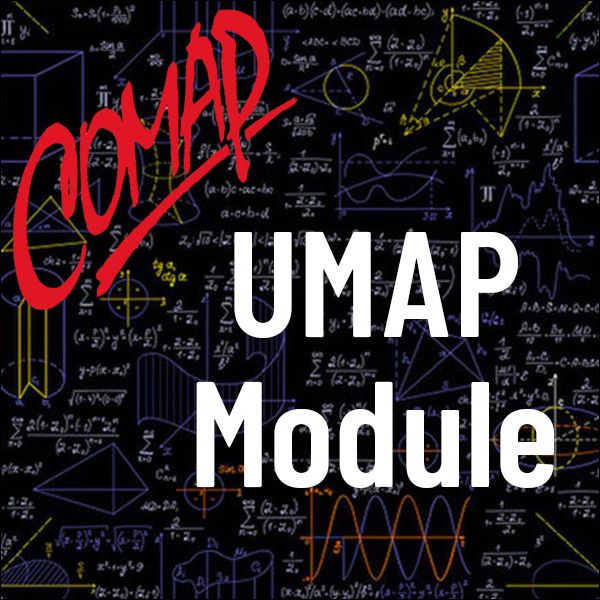Fitting Equations to Data: Part 1 (UMAP)
Author: Thomas M. Lamm
With completion of this module students will: 1) be able to state four purposes for fitting an equation to data, and give an example of each; 2) know what experimental error is and that it is present in all real experiments; 3) be able to make a scatter diagram given a table of x and y values; 4) be able to sketch a free-hand curve through the data points given on a scatter diagram; 5) be able to compute the mean and variance of a given list of y values and know what variance measures; and 6) know the definition of the least-squares method and what it measures.
Table of Contents:
1. THE BASIC PROBLEM
1.1 Introduction
1.2 Four Examples
1.3 The Purposes of Curve Fitting
1.4 Experimental Error
1.5 True Values
2. SCATTER DIAGRAMS
2.1 Scatter Diagrams and Free-hand Curves
2.2 Variance
3. THE LEAST-SQUARES METHOD
3.1 The Sum of the Squares of the Deviations
3.2 Fitting a Constant Function
4. FITTING A LINE
4.1 Introduction
4.2 Fitting a Line Through the Origin
4.3 Fitting a Line with Given Slope
4.4 Fitting the General Line
4.5 The Uptake of Nitrogen by Grasses
5. HOW TO TELL IF YOUR LINE FITS WELL
5.1 Introduction
5.2 Scatter About the LS Line
5.3 The Correlation Coefficient Squared
5.4 Example 5 Continued
6. REFERENCES
7. APPENDIX
8. ANSWERS TO EXERCISES
9. SAMPLE TEST
10. ANSWERS TO SAMPLE TEST

Mathematics Topics:
Application Areas:
Prerequisites:
You must have a Full Membership to download this resource.
If you're already a member, login here.